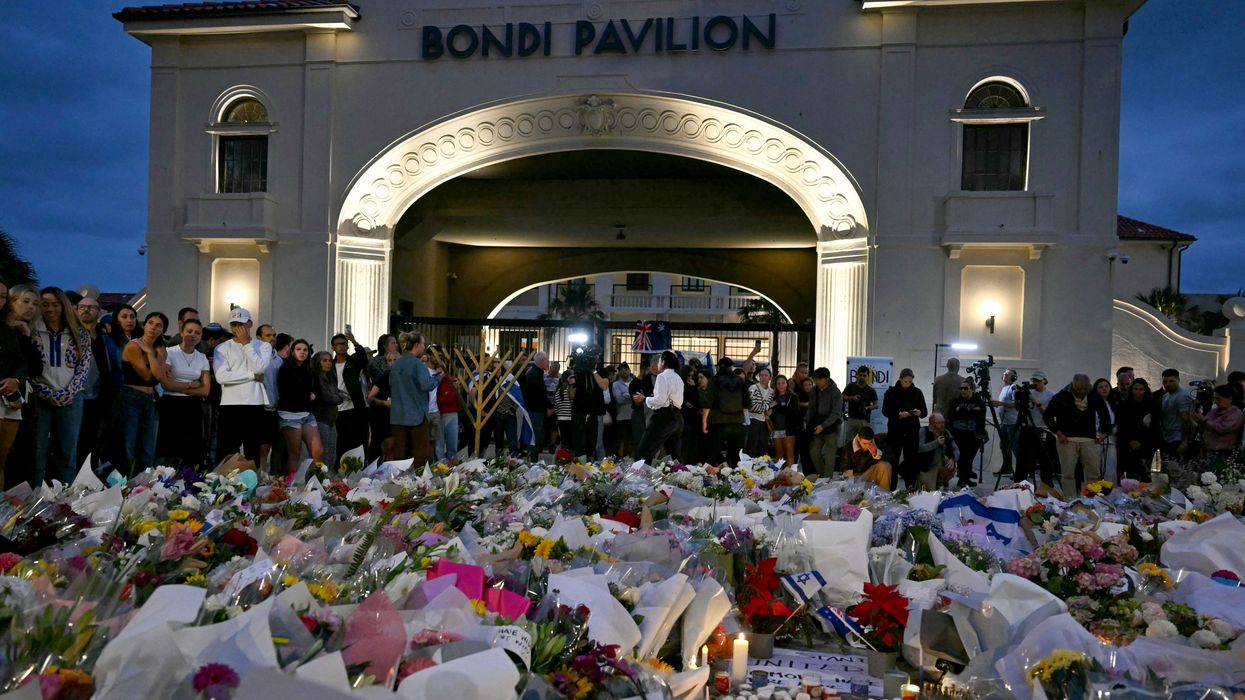Indian captain Rohit Sharma suggested that his teammates should consider occasionally skipping matches during the Indian Premier League (IPL) to manage their workload before the upcoming Cricket World Cup, which will be held in India later this year.
Shreyas Iyer, a middle-order batsman, missed the recent home one-day series against Australia due to a recurring back injury, while Jasprit Bumrah, the team's pace spearhead, has been out of play since September due to back issues.
Sharma acknowledged that IPL teams will aim to field their strongest lineup in every match and emphasized that players need to take responsibility for their own well-being in preparation for the World Cup, which will take place in October and November.
"It's all up to the franchises now. They own them now," Sharma, who leads Mumbai Indians in the IPL, told reporters after India's 21-run loss in Chennai on Wednesday (22).
"We have given some indications to the teams but at the end of the day, it's up to the franchises, and more importantly, it's up to the players."
"They are all adults, they have to look after their bodies."
"If they feel it's getting a bit too much, they can talk about it and take a break in one or two games. I doubt if that will happen."
In terms of form, Rohit played down the struggles of Suryakumar Yadav during the ODI series, the world's top ranked T20 batter falling for a first-ball duck in each of the three matches.
"I don't know how much to look into it. He got three good balls, to be honest," Rohit said.
"He plays spin so well ... That's why we held him back and gave him that role for the last 15-20 overs where he can play his game, but it's really unfortunate he could only play three balls. That can happen to anyone."
(Reuters)













